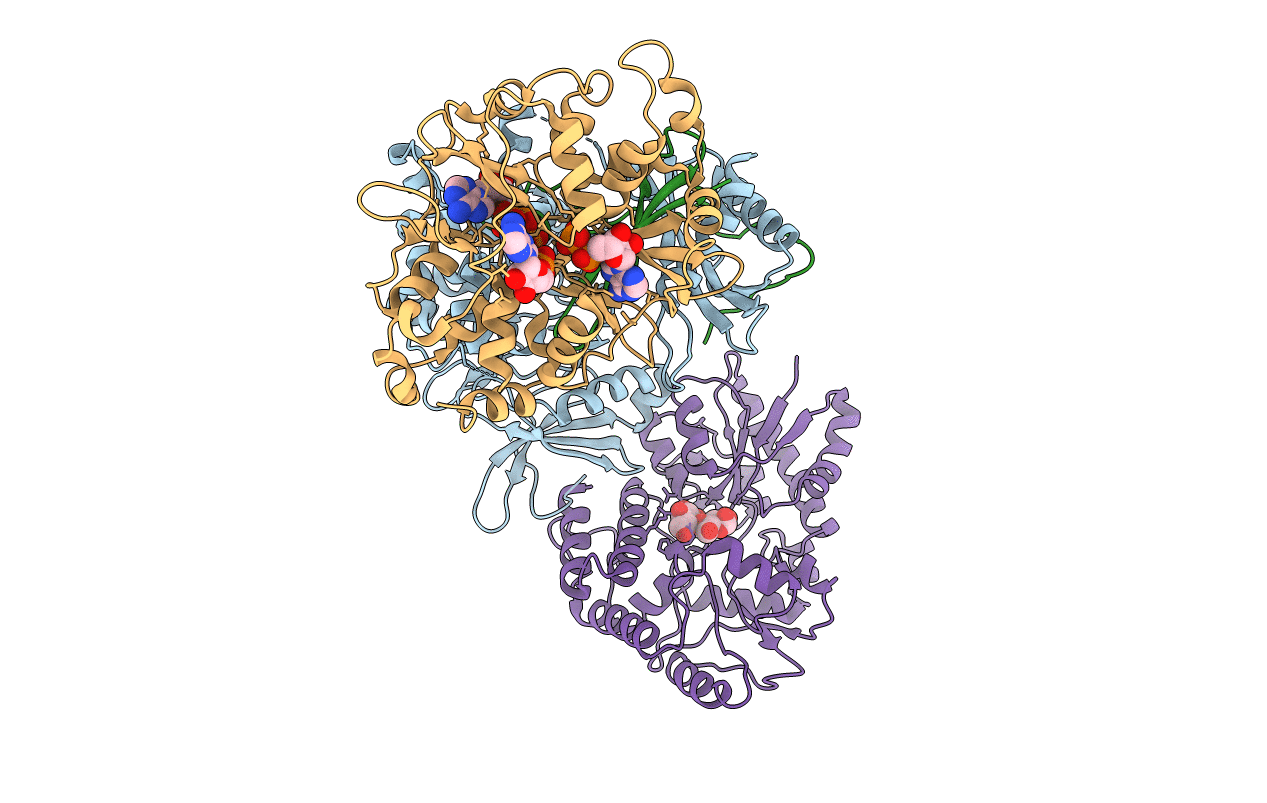
Deposition Date
2020-07-23
Release Date
2021-07-28
Last Version Date
2024-10-16
Entry Detail
Biological Source:
Source Organism:
Escherichia coli (Taxon ID: 562)
Homo sapiens (Taxon ID: 9606)
Homo sapiens (Taxon ID: 9606)
Host Organism:
Method Details:
Experimental Method:
Resolution:
5.50 Å
R-Value Free:
0.32
R-Value Work:
0.24
R-Value Observed:
0.25
Space Group:
P 32 2 1


